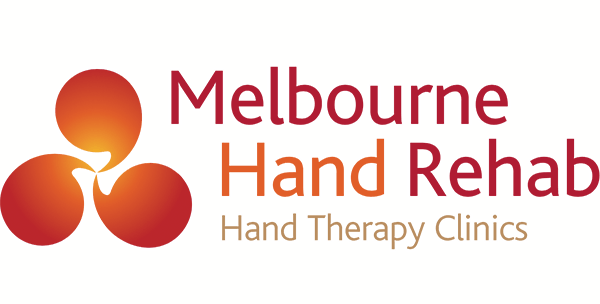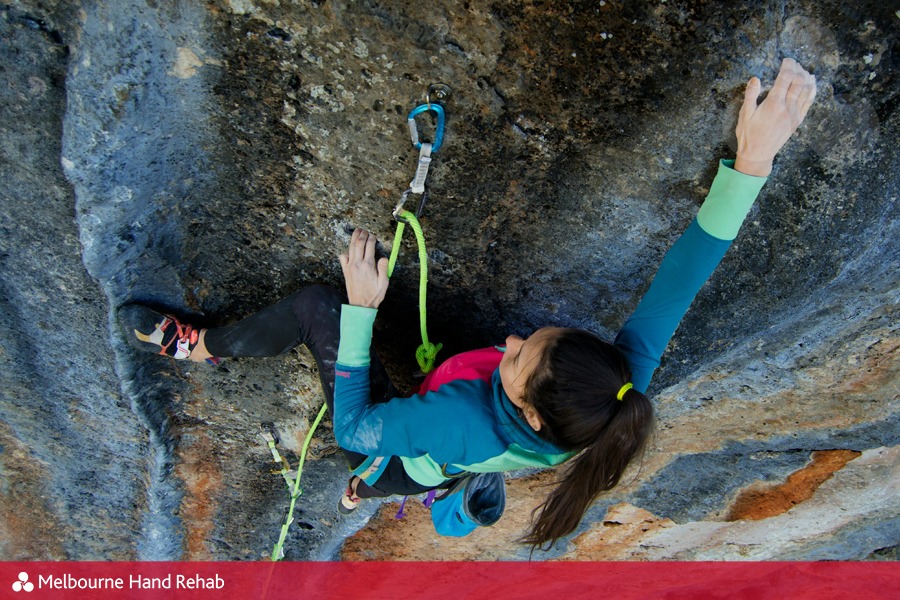
29 May Common rock climbing injuries
Posted at 18:32h in Blog
As we head into cooler weather, the conditions for climbing are getting prime. While this is a great time to get on projects, push our limits and send hard – it’s also the season for injuries.
Whether you have been climbing for a while or are just getting into the sport, you might be familiar with some of the common injuries that can occur along the way. They include:
- Finger pulleys
- TFCCs
- Rotator cuff strains/tears
Without proper treatment, they can impact our ability to perform our best and – in severe cases- stop us from climbing altogether. However, with the right approach and guidance, you can bounce back stronger than ever!
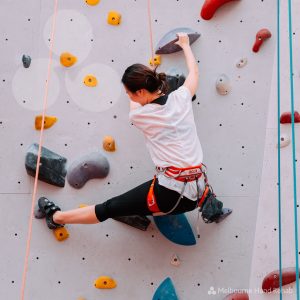
Finger pulley injuries
Let’s start with pulleys. These occur when the pulleys in our fingers are overstretched or torn, typically from sudden forceful movements on small holds. Symptoms include pain, swelling and often a popping sensation.
Hand therapy begins with a period of rest which may require immobilisation in a splint. This is followed by gradual loading to rebuild strength in the affected tendons. We also recommend finger taping for additional support once you start getting back on the wall. Don’t forget to incorporate a proper warm-up and cool-down routine to prevent future injuries!
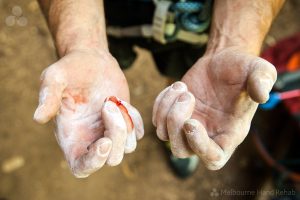
TFCC injuries
Next up is TFCC injuries. The triangular fibrocartilage complex (TFCC) is a crucial structure in your wrist that can be damaged from repetitive stress or sudden trauma. Common symptoms include wrist pain, weakness and clicking.
Hand therapy in the form of wrist strengthening, proprioceptive exercises and the use of a wrist widget can help decrease pain, stabilise the wrist and promote recovery. As always, remember to listen to your body – if a particular move or hold feels uncomfortable, don’t push it!
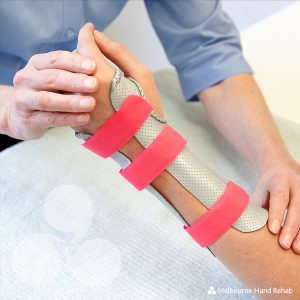
Melbourne Hand Rehab – custom made splints and hand braces
Rotator cuff injuries
Finally, let’s talk about rotator cuff injuries. The rotator cuff is a group of muscles in your shoulder that stabilise the joint, especially in overhead positions. Climbing places significant demands on these muscles, making them susceptible to strains and tears. If you are experiencing shoulder pain, weakness or limited range of motion, it’s important to address the issue head-on.
Hand therapy interventions involve shoulder stabilisation and mobility exercises that can alleviate pain and restore function to the joint. While climbing at your limit takes a back seat, this is a good opportunity to work on your technique and body positioning to avoid future shoulder woes.
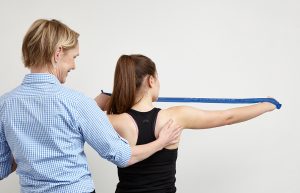
Therapy band shoulder exercises
While injuries are frustrating, they can be a valuable learning experience. With some patience and the right mindset, you can overcome these obstacles and reach new heights in your climbing! If you’d like to find out more or create an individualised plan, you can book in with me online or by phone.
If you are experiencing finger, hand, wrist or shoulder pain, don’t hesitate to get in touch. We’d love to help you.
BOOK AN APPOINTMENT
For more information, call us directly on 03 9458 5166
